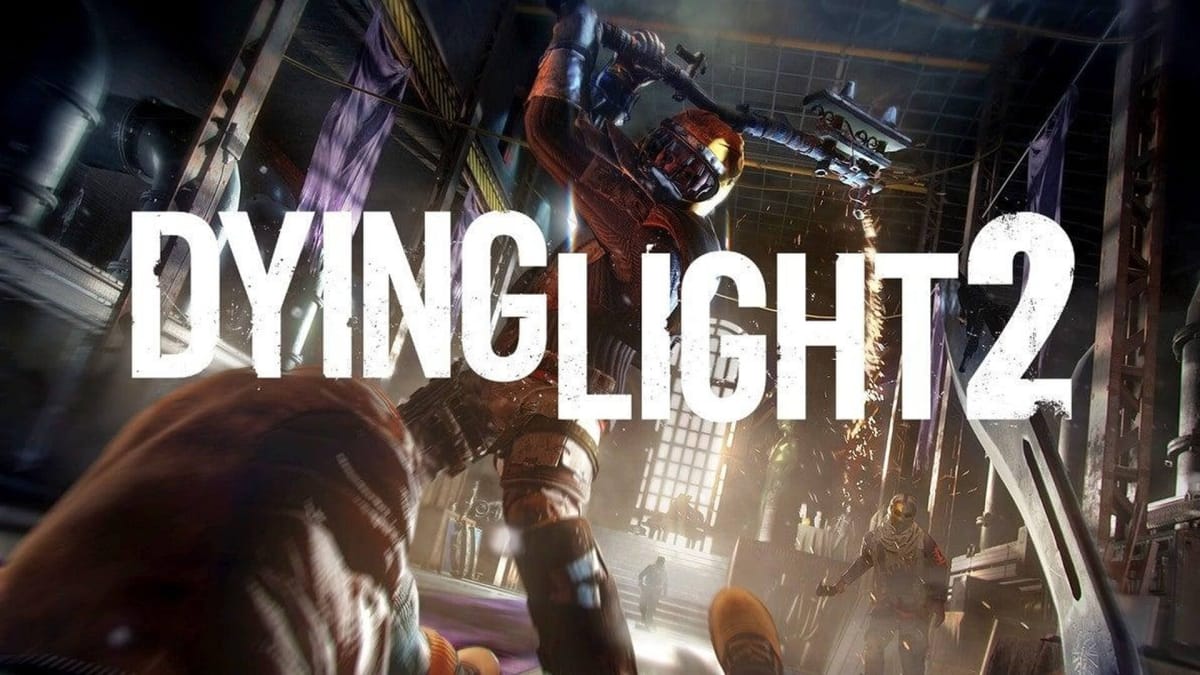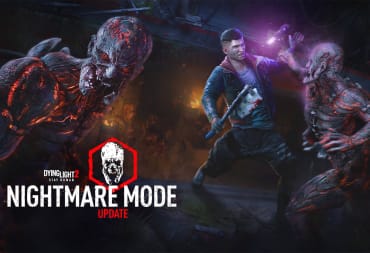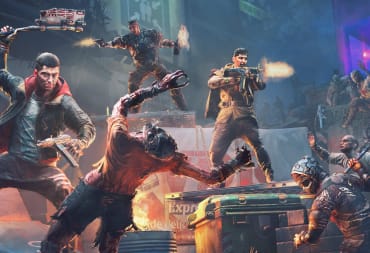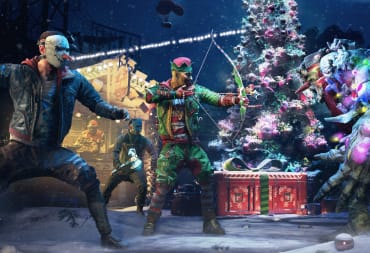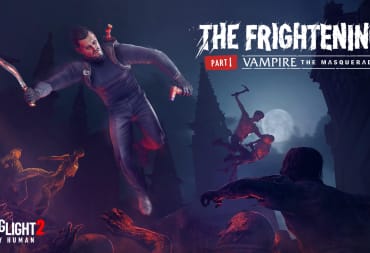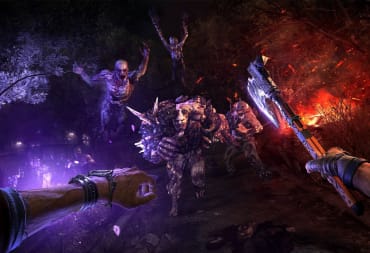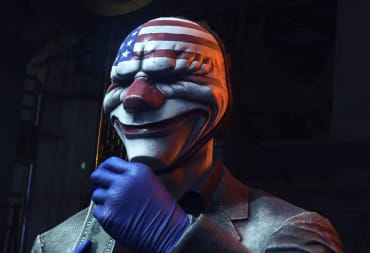At its core, the Dying Light games are about trying to survive in a world overrun with zombies and relying on parkour movement to get around. While the first game had a story revolving around learning about the virus and preventing a dangerous group from controlling the city, Dying Light 2 has gone in a more personal direction. The sequel protagonist Aiden is more fleshed out with his own goals to achieve but gets roped into the civil struggles of the city. You'll need to pick sides and make decisions about how things unfold -- only to realize that it really doesn't matter what you choose.
This piece has spoilers for Dying Light 2.
From Linear To Decision-Making
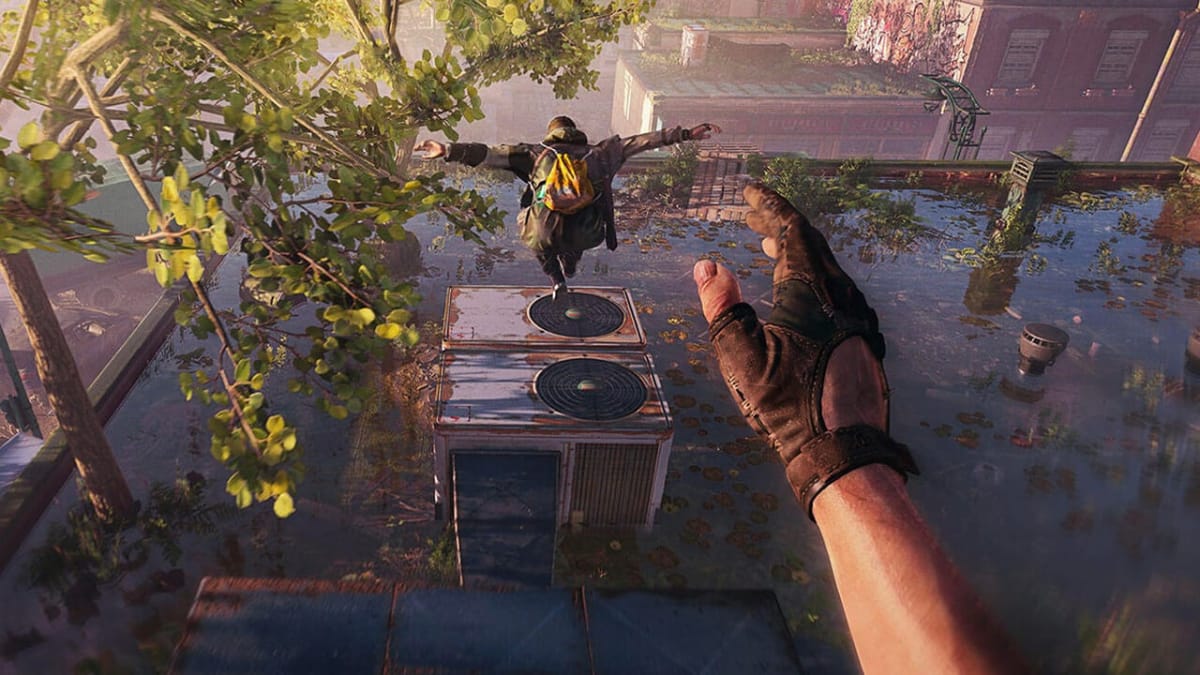
The first Dying Light offered the open-world city of Harran for you to explore and discover. You're put into the shoes of Kyle Crane, a military operative sent in to investigate, but he ends up stranded and infected. He's quickly saved by the surviving citizens who teach him everything they know about the virus, how to parkour properly, and what he needs to do to keep his infection in check. Crane's own desire to survive is tied to his main goal of discovering the truth behind the outbreak and how it can be resolved.
From early on, the story is direct and straightforward, with the roles of other characters clearly defined. The ones who save you are undeniably the "good guys" since they give Crane shelter, teach him how to survive, and even assist him in his objectives. The "bad guys" never really develop beyond humans that attack you on sight, and the main antagonist Rais isn't really involved until later parts of the story. The reason for this is because the game already had so much to offer to keep players busy and entertained, that the story missions mainly acted as a narrative tool to introduce Crane to new areas and tools.
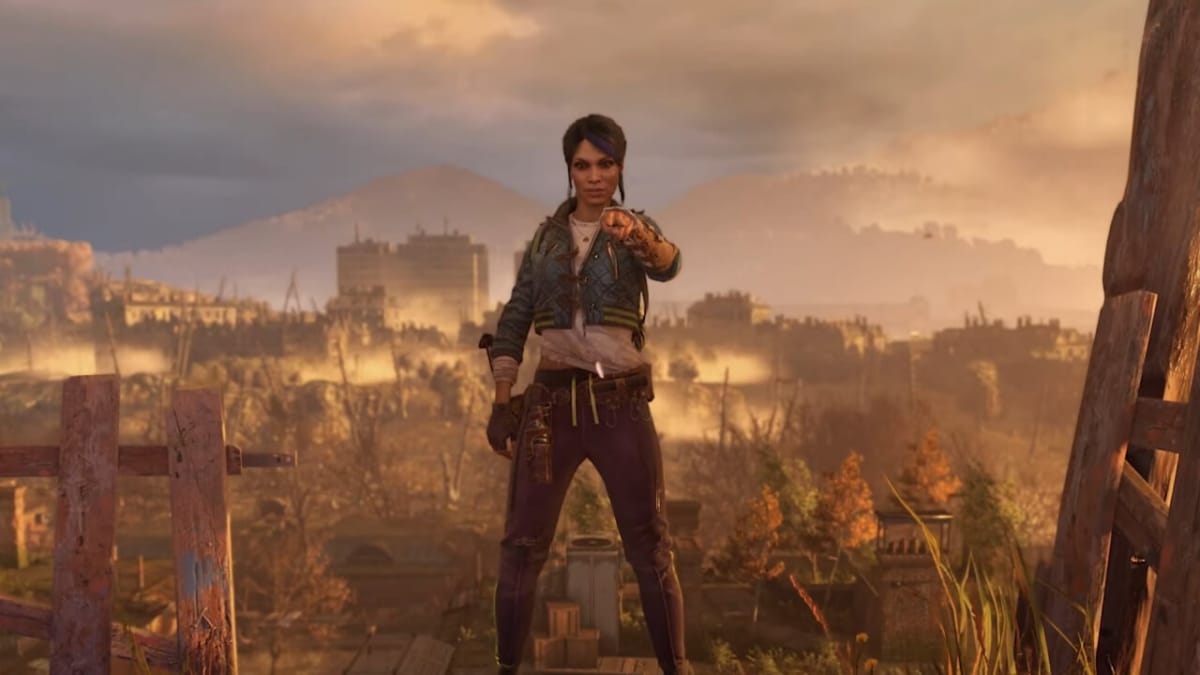
Now that we've reached Dying Light 2, Techland has definitely added more weight to their writing. Aiden is introduced as a Pilgrim, people who risk their lives to deliver packages and messages between fortified settlements. He's revealed to have survived longer than most in this profession due to experiments done to him as a child. From this past, we learn that Aiden has a sister that he's looking for and that the man who oversaw the experimentation is the main villain, Waltz. Right from the start, Aiden has two key goals that the game does a good job of getting us interested in accomplishing.
The open-world aspect is combined with the story once Aiden arrives in the city of Villedor soon after getting infected. He needs to get to a very specific part of the city but can't reach it due to plot obstacles. As such, he'll need the help of the local factions in order to get there, and it's very obvious that they don't get along. After getting familiar with navigating the city and how to manage his infection, Aiden is approached by prominent figures from the factions to aid them in gaining control over the city which introduces the choice-based system.
The Different Factions Are The Same
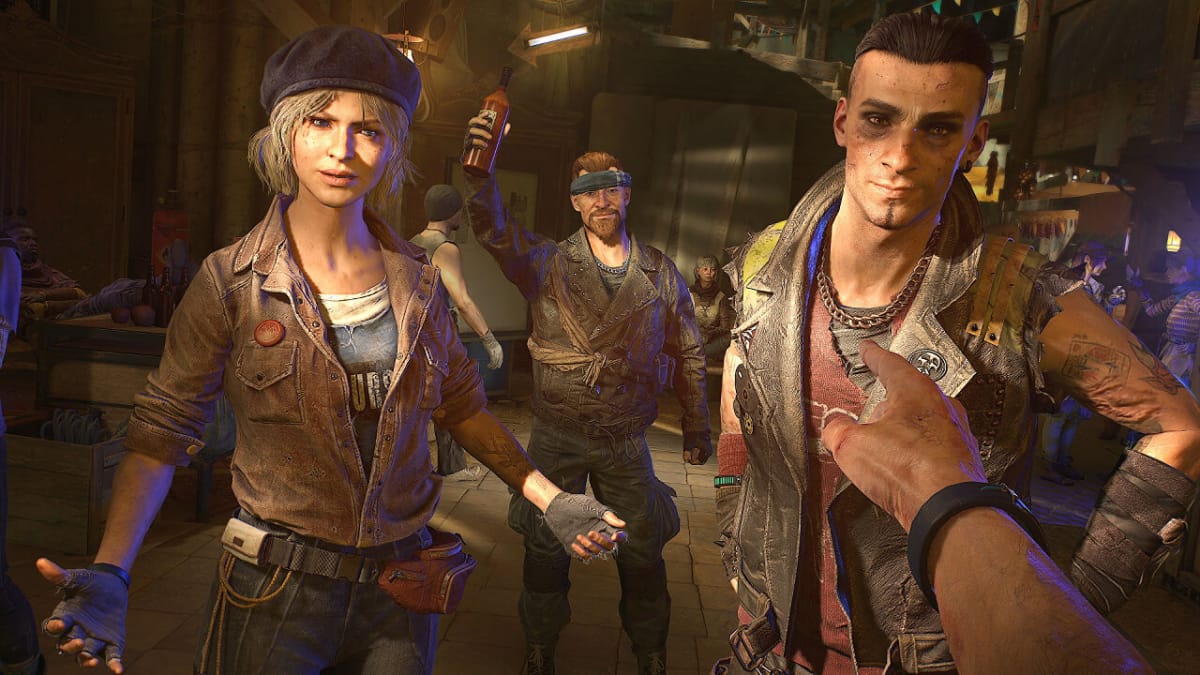
Once Aiden is in Villedor, you'll learn that the two most influential factions are the Survivors and the Peacekeepers. In terms of visuals, Survivors are marked by brown and yellow survival clothing, and Peacekeepers wear salvaged military and riot gear in shades of blue. Even though the two factions don't always see eye to eye, it's clear that both are necessary to keeping Villedor running. The Survivors focus on crafting and agriculture to keep people alive while the Peacekeepers actively hunt the infected and bandits to keep people safe.
Despite their mutual necessity, the factions are at odds over who should be in control. The Survivors believe that the Peacekeepers use their force to bully them into submission, while they in turn think that the Survivors horde all the resources. Arguments could be made for either side, and that's where Aiden comes in. An inciting event involving a murdered official has pushed the conflict between the two factions to a breaking point and you need to step in and find a resolution. The missions are structured to make you spend enough time with characters on both sides to learn more about them and their motivations. Both offer to help Aiden reach his goal in exchange for his services, and this is the first big choice that you'll have to make.
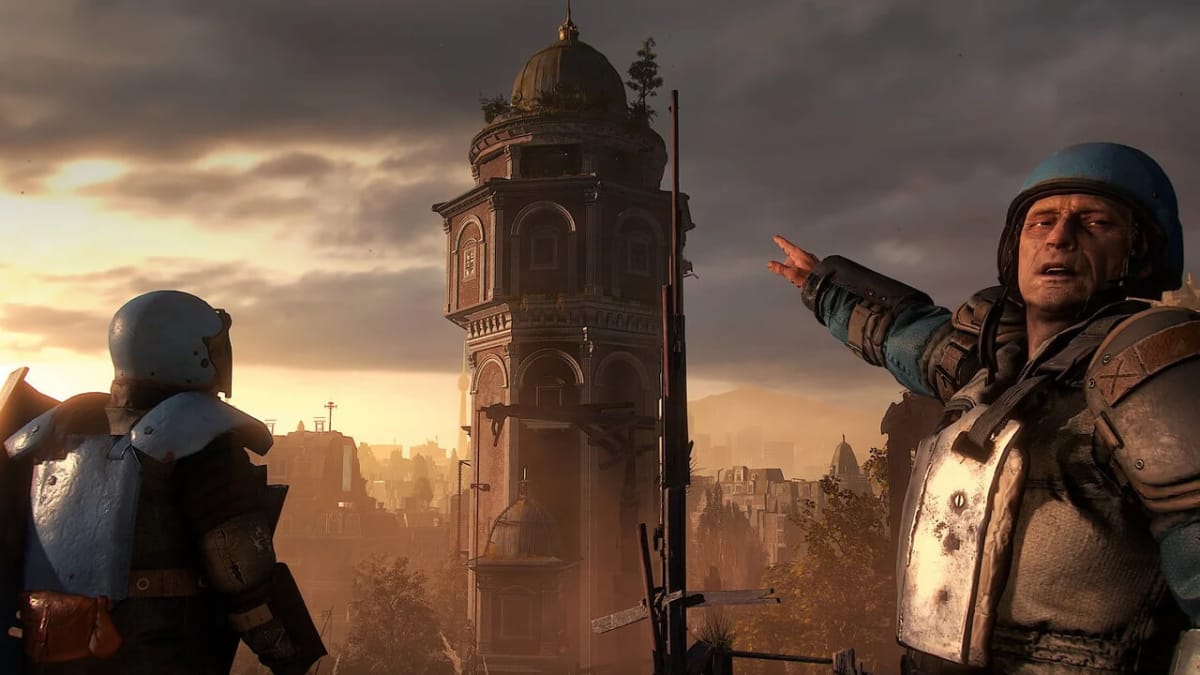
The problem is that no matter who you choose, the game will progress without significant adjustment since the only noticeable difference is who likes you. However, both factions offer the exact same services in terms of a hub area, so the only real choice you have to make is which location you prefer. After your chosen side helps Aiden reach the new area, you start again with zero reputation. It's apparent that the Survivors and Peacekeepers in other parts of the city don't communicate because they have no knowledge of whose side you've taken.
Then there are the faction-control aspects of your decisions. While exploring the city, you'll come across huge structures like Water Towers and Electrical Substations. These buildings will provide a designated area with either water or electricity when activated. Once you do, you get to decide who gets control of the resource. Even though this feels like a big decision and determines which faction rules the area, it has no influence on the story. All it affects is what over-world assets you'll get to have: The Survivors will install things like zip-lines and trampolines for getting around easier (the somewhat obvious choice), and the Peacekeepers will set up traps and structures that can take out enemies quickly.
Rich Ambition, Poor Execution
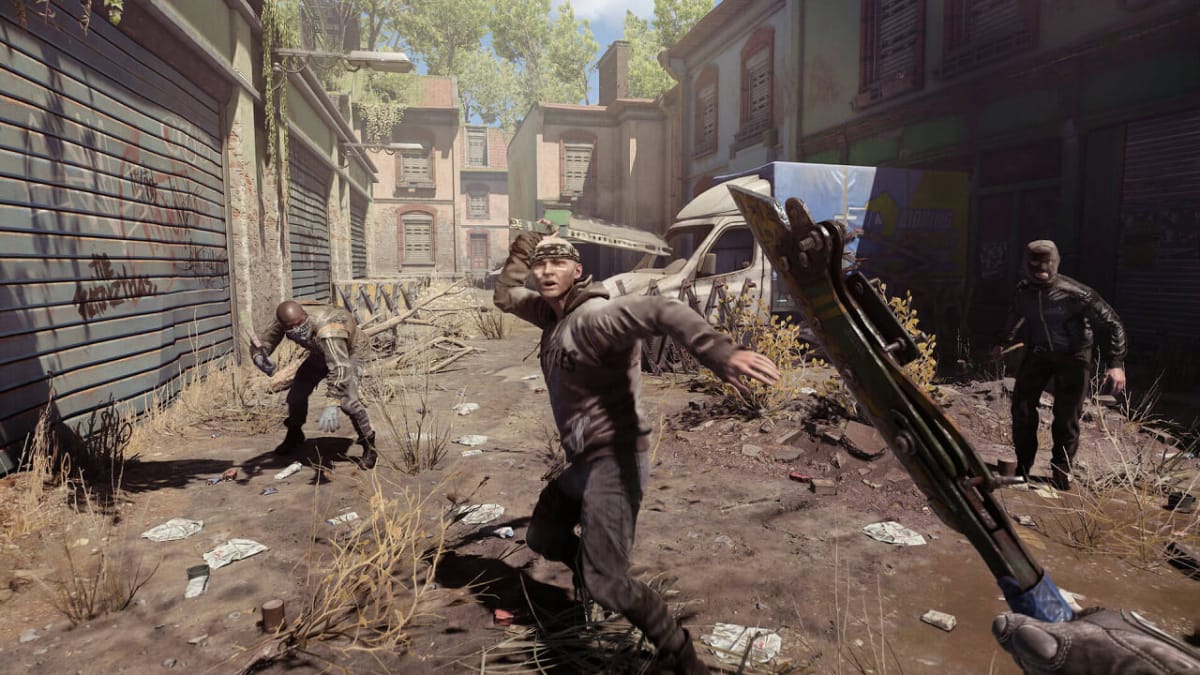
Techland wanted to make the world of Dying Light 2 more organic by giving players a way to change it through decisions. The problem is that while this adds more narrative, it doesn't actually change the story or how the world improves or worsens for the people in it. At best, it determines which NPCs you'll talk to, which base you'll get to use, and what toys will be around. Effort can also be seen in trying to present decisions that aren't just black and white, but both choices are the same amount of gray. It is possible to present choices that are murkier such as in The Witcher 3. That game provides many decisions that rely more on logic and reason with more difficult ones involving choosing the lesser of two evils.
What's strange is that as open worlds come, the one in Dying Light 2 is not vast. It's actually a great size to implement this system and actually see your choices take effect. Sadly, it never goes beyond seeing one faction's structures over another and the installments you'll see set up. By contrast, a game like Dragon Age: Origins is dependent on what you decide to do and where you decide to go. The constant threat of the Darkspawn encourages you to move quickly and make the most of your time in every place you visit because you might not have a chance to go back.
Dying Light 2 adds a lot on top of the foundation of its predecessor. One of the biggest additions is a heavier focus on a more interesting and personal story. In an attempt to make the narrative more dynamic and influence the open world, a decision-making mechanic was also included. Unfortunately, each decision you make has about as much weight as the punishment you get by ignoring the main story until you've done everyone's errands: None.
Have a tip, or want to point out something we missed? Leave a Comment or e-mail us at tips@techraptor.net
